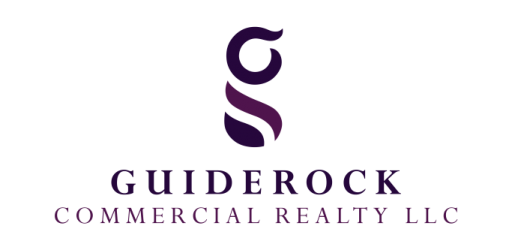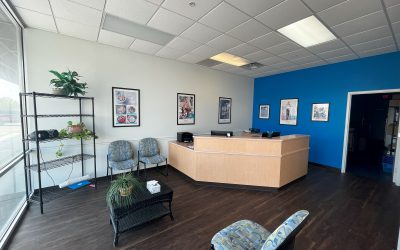Renting commercial space can be a huge liability. Whether your business is large or small, the terms of your lease can hinder your success. As exciting as it can be to grow your business and search for commercial space, it’s important to take your time and understand each step of the process before you move forward.
Step 1: Determine Commercial Space Needs
Two common mistakes we see are businesses either paying too much for rent or having a space that’s the wrong size. That’s why we start by analyzing your business needs and budget. Each business has a different set of requirements for its commercial space, depending on the number of employees, production needs, and a wide variety of other needs. A restaurant, for example, wouldn’t need multiple private offices, just like a law firm wouldn’t need a large kitchen.
CREATE A LIST OF SPACE NEEDS FOR YOUR BUSINESS
First, write down your space needs. It’s a great way to start figuring out what square footage you’ll need. Make sure you take into account the space needed for storage, private offices, production, and future growth. If you’re forecasting growth in production and employees, it makes sense to calculate that in as well so you don’t grow out of your new location within the first 6 months. Think about how you use space as well; do you need a conference room in your space for daily meetings, or would it work to have a shared space elsewhere in the building?
CALCULATE YOUR COMMERCIAL SPACE SIZE
Once your list of commercial space needs is completed, you can find an office space calculator to give you an estimate of what size of space is needed. Add up your square footage and use it to start your search for your new commercial space. Other types of spaces may require different methods to determine how much space is needed; your tenant representative will be able to help you through this process.
SET A BUDGET
Researching your budget will narrow down the listings for your business and give you realistic expectations on what you’ll pay. You probably already have a rent budget in mind, but how realistic is that price based on your list of needs? You can search for commercial properties that fit your square footage needs to see if that price matches your budget. Make sure you check different locations around town as some prices will fluctuate based on traffic flow, location, and demographics. Researching a budget also allows you to reevaluate your list of space needs where you may find some room to cut down on square footage.
Step 2: View Property Listings
Once you’ve researched your commercial space needs and set a budget for rent, it’s time to start looking for properties that match your needs. Searching online for commercial space can be frustrating and eats away at your time. This is where it makes sense to talk to a commercial real estate agent or tenant representative who is connected within the local market. They’re typically connected to private networks that have commercial listings not open to the public. Tenant representatives also bring a lot of experience and resources to the search so they can lead you in a better direction after looking at business needs and budget. Even if you’ve found a commercial property, there’s still the possibility that the lease terms may not fit your business needs.
Step 3: Understanding Terms & Negotiating
Since finding the right commercial space can be frustrating, it can seem like a relief to start talking to the landlord about leasing. Make sure you take your time to read over and understand the terms of the commercial lease before signing anything. Even if it’s the only commercial space that fits your budget and size, you’ll still want to go over all the terms. Your tenant representative and your attorney will review all of the terms with you and make sure you understand your responsibilities.
LEASE AGREEMENTS & CONTRACTS
Chances are the lease will be more appealing if you lock it in for multiple years, which makes it extremely important to know the lease agreements and contract details. There could be future scenarios that cause you to break the lease, which can be very costly. Having a commercial real estate agent and an attorney on your team adds another resource to explain parts of the lease you don’t understand. They can also point out which parts of the lease could potentially affect your business in the future. Leasing commercial space is a significant commitment, and if you don’t understand the terms then you may have negative consequences later.
NEGOTIATING POWER
It can be tough to negotiate commercial space terms and price, but an experienced tenant representative can help find a way to leverage your business to strike a deal. There are different negotiating techniques that can give the landlord an upper hand, and utilizing a tenant representative to do your negotiating evens the playing field.
Step 4: Start Moving & Feeling Confident
Even after you’ve signed a lease, it’s nice having a resource in case something comes up in the future. That’s why building a strong relationship with your tenant representative makes sense, and as a bonus, you can feel confident moving forward.
WANT MORE INFORMATION?
We want the leasing process to be as easy as possible for our clients, which is why we have created the Tenant’s Guide to Commercial Leasing to help you learn more about what to expect. If you’re ready to have one of our agents help evaluate and analyze what type of commercial space would fit your specific needs, contact us and one of our agents will be happy to assist you with your next lease.
Sign up below to download the Tenant’s Guide to Commercial Leasing!




